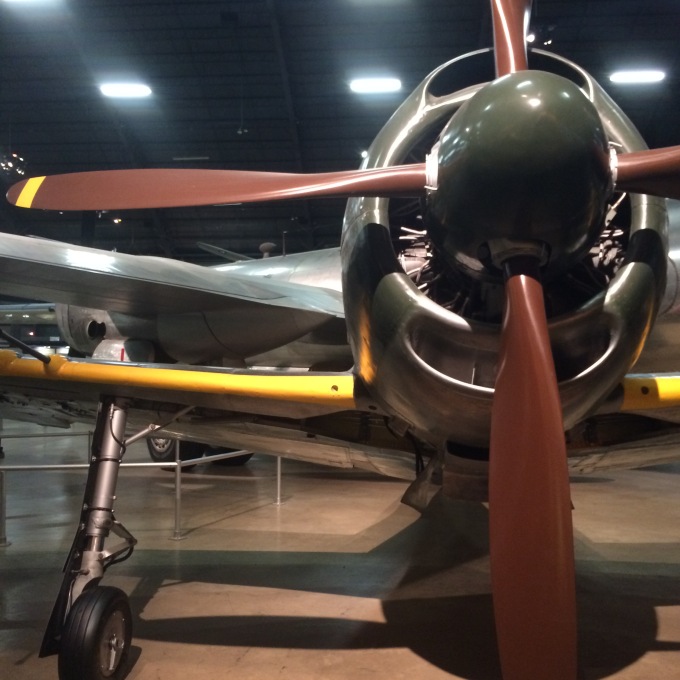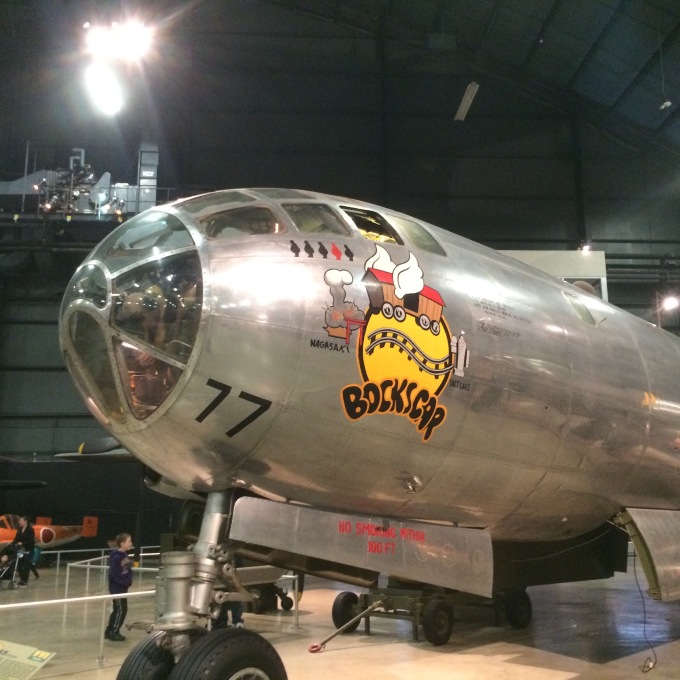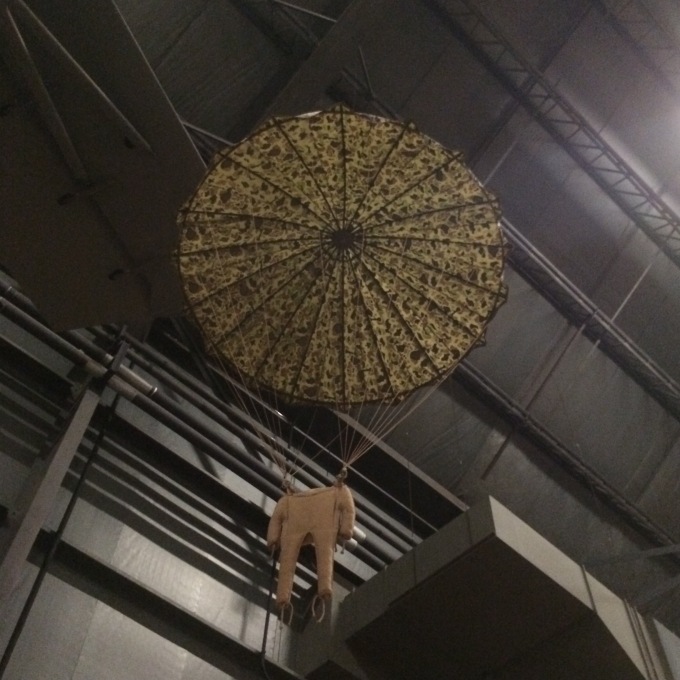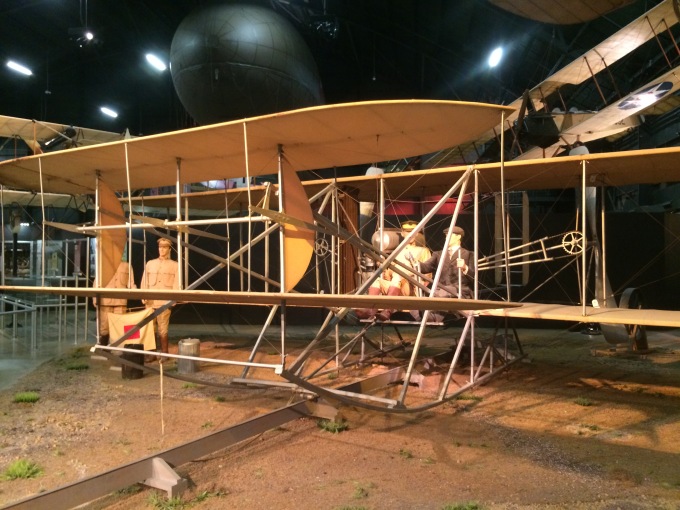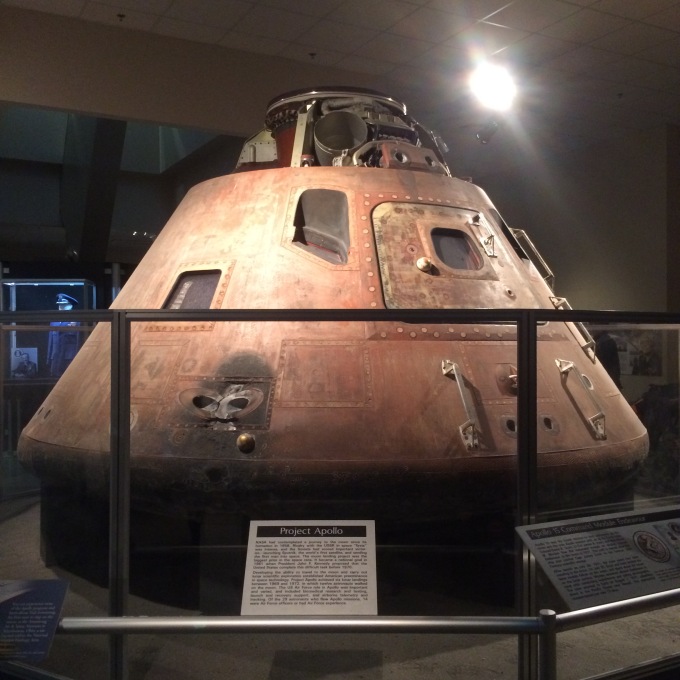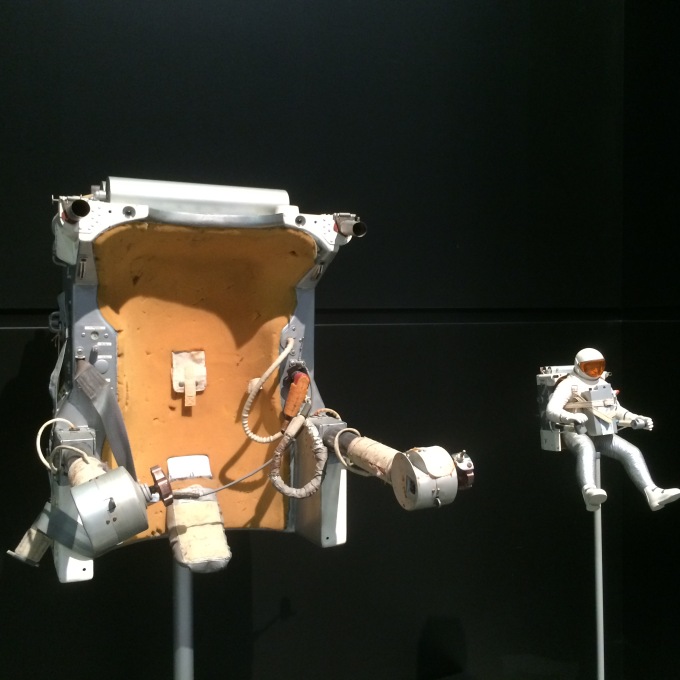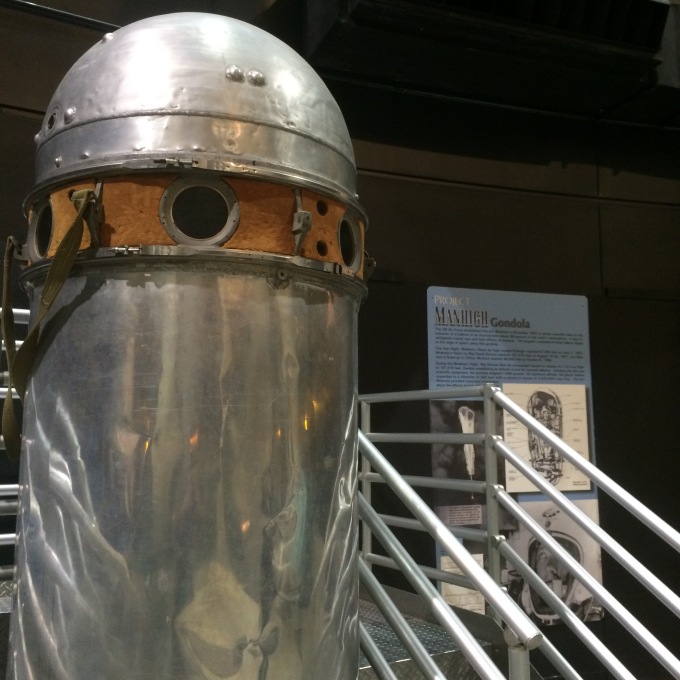I’m not sure why it’s taken me so long to pick this
subject. I’ve been interested in the Cottingley
Fairy story since FairyTale: A True Story
came out in 1997 (I would’ve guessed it was earlier than that, actually). It just ticks all the right boxes for me: the
right era, fairies, photos, a hoax. It’s
just great. Like I said, I should’ve
done this post earlier.
In 1917,
Frances Griffiths and her mother went to live with her aunt, uncle, and
cousins, the Wrights, in Cottingley, near Bradford, in England. Frances had grown up in South Africa, but due
to World War One, her father was now in the army and she and her mother had to
go live with family. Frances was about
ten, and her cousin, Elsie, was about sixteen.
They played together down by the Cottingley beck (stream) and would
often come back filthy, much to their parents chagrin. They claimed they were down at the beck
playing with fairies. One Saturday, they
decided to borrow Arthur Wright’s Midg camera and “take a photo of the fairies
they had been playing with all morning” (1).

They came
back from the beck a picture of Frances and some fairies. Arthur knew that Elsie was an artist and
liked drawing fairies and so thought the photo was faked somehow. About a month later the girls borrowed the
camera again and came back with a picture of Elsie and a gnome. Again, Arthur thought it was faked, and didn’t
let the girls borrow his camera anymore.
Polly Wright, though, believed her daughter’s and niece’s photos were
real.
In mid-1919, Polly took the photos
to a theosophy meeting. Theosophy
believes in finding divinity in the mysteries of nature. Theosophy also believes that humanity is
evolving towards perfection. The photos fit
in with these beliefs because they showed people being able to interact with “higher
beings”, that were one of those mysteries of nature.
Polly
showed the photos to the speaker at the theosophy meeting, asking if they might
be real; the speaker took them and showed them at the society’s conference a
few months later. At this conference
Edward Gardner became interested in the photos.
Gardner sent the photos to the photographic expert Harold Snelling. Snelling believed the negatives were
authentic in that they photographed what was in front of them; he wouldn’t
comment if the fairies were real though.
Gardner had Snelling clean up the negatives so they could be better
printed and better analyzed. Gardner
sold the prints at his lectures. The
photos quickly spread through the spiritualist community.
The photos
were gaining an audience. In 1920, Sir
Arthur Conan Doyle heard of the photos from the editor of Light, a spiritualist publication.
Doyle had long been interested in mysticism and spiritualism; after the
deaths of his wife, son, brother, brothers-in-law, and nephews all in a fairly
short span, this interest deepened.
Doyle contacted Gardner about the photos to find out more about
them. Doyle then contacted Arthur and
Elsie Wright, asking their permission to use the photos for an article he was
writing. Arthur agreed, but didn’t want
to be paid for their use believing “if genuine, the images should not be ‘soiled’
by money” (3).
Gardner was
still trying to prove the authenticity of the photos. He went to Kodak for a second opinion. Kodak said the photos “showed no signs of
being faked” but that “this could not be taken as conclusive evidence … that
they were authentic photographs of fairies” and wouldn’t give a certificate of
authenticity to them (4). The
photographic company Ilford also believed there was evidence of faking. Doyle, too, was seeing if other people
thought they were real. He showed the
photos to the psychical researcher Sir Oliver Lodge. Lodge believed they were fake, sighting their
“distinctly ‘Parisienne’ hairstyles” (5).

In July
1920, Gardner went to Cottingley. He
brought two Kodak cameras and “secretly marked photographic plates” and wanted
Elsie and Frances to take more photos (6).
By this time Frances was living in Scarborough with her parents, but she
was invited back for the summer. The
weather was bad that summer and it wasn’t until August 19 that they were able
to take more photos. Polly Wright was
with the girls, but they told her the fairies wouldn’t come out if others were
around, so Mrs. Wright left. The girls
were then able to take three new photos.
The new
photos were carefully packaged and sent to Gardner in London. Gardner was thrilled with the pictures and
sent a telegram to this effect to Doyle who was lecturing in Australia. Doyle replied, “When our fairies are admitted
other psychic phenomena will find a more ready acceptance” (7).
The article
Doyle had been working on, and used the photos for, came out in The Strand around Christmas 1920. The issue sold out in two days. In the article, the Wrights were called the Carpenters,
Elsie was called Iris, and Frances was called Alice. Press coverage of Doyle’s article was mixed,
but with a lot of “embarrassment and puzzlement” (8).
In 1921,
Doyle wrote another article for The
Strand about other accounts of fairy sightings. These articles formed the basis for his 1922
book, The Coming of the Fairies. The second article and the book, too, had mixed
receptions.
In 1921,
Gardner made his last trip to Cottingley.
Again he brought cameras and photographic plates, but he also brought the
clairvoyant, Geoffrey Hodson. This time
the girls didn’t see any fairies and no photos were taken, but Hodson took a
lot of notes about all the fairies he saw around. By this point Elsie and Frances were tired of
the fairies and just played along with Hodson “out of mischief” (9). The girls grew up, married, and moved abroad,
the Cottingley fairies left behind them.
While
mostly fading from view, the photos still popped up after this. In 1945 Gardner’s book, Fairies: The Cottingley Photographs and Their Sequel, was
published. Still, criticisms
persisted. People said they looked like
paper cutouts and that people just needed something to believe in after the
war.
In 1966, the Daily Express found Elsie back in England and interviewed her. She said maybe the fairies were just her
imagination and maybe she’d found a way to photograph her thoughts. This interview renewed interest in the
photos. In 1971, Elsie was interviewed
on the television program Nationwide,
and said the same thing as 1966. In 1976,
Elsie and Frances were interviewed together.
They said “a rational person doesn’t see fairies” but still said the
photographs were real (10).
In 1978 James Randi investigated
the photos. He found the fairies looked
very similar to images in Princess Mary’s
Gift Book, which came out in 1915.
In 1982-83, Geoffrey Crawley, the editor of the British Journal of Photography, came out saying the photos were
fakes.
In 1983 in The Unexplained magazine, Elsie admitted the fairies were faked to
Joe Cooper. She admitted that they were
drawings and that hatpins were used to hold them in place. She still claimed that they had seen fairies
and only the ones in the photos weren’t real.
Frances admitted to the fakes as well. However Elsie said all five photos were faked,
while Frances claimed the fifth one was real.
In 1985, on Arthur C. Clarke’s
World of Strange Powers, Elsie expanded, saying that once Doyle was brought
in, believing in the photos, she and Frances were too embarrassed to tell the
truth. Frances said, “it was just Elsie
and I having a bit of fun – and I can’t understand why they were taken in –
they wanted to be taken in” (11).
Frances died in 1986 and Elsie died
in 1988, both not long after they came clean.
Interest in the photos continued though.
In 1998 prints, a first edition of The
Coming of the Fairies, and some other items were auctioned off for
£21,620. Also in 1998, Geoffrey Crawley
sold off all the Cottingley things he had acquired; this included prints, two
of the cameras, fairy watercolors Elsie did, and a letter in which Elsie
admitted the hoax. Crawley sold the
items to the, now called, National Media Museum in Bradford (near Cottingley).
In 2001, some of the glass plates
were auctioned for £6,000 to an unnamed buyer.
In 2009, Frances’s daughter went on Britain’s Antiques Roadshow with some of the photos and one of the cameras
from Sir Arthur Conan Doyle. She, like
her mother, believed the fifth photo was real.
Her items were appraised at £25,000-£30,000. Later in 2009 Frances’s memoirs were
published.
In 1994, Terry Jones and Brian
Froud parodied Cottingley in Lady
Cottington’s Pressed Fairy Book. In
1997 two movies related to Cottingley came out: FairyTale: A True Story and Photographing
Fairies.
The lure of
the fairies continues… I think part of
it is the wonder and mystery, but also how someone like Sir Arthur Conan Doyle
believed in them. I think it also tells
you something about the time period that the photos became so popular and had
both believers and skeptics.






